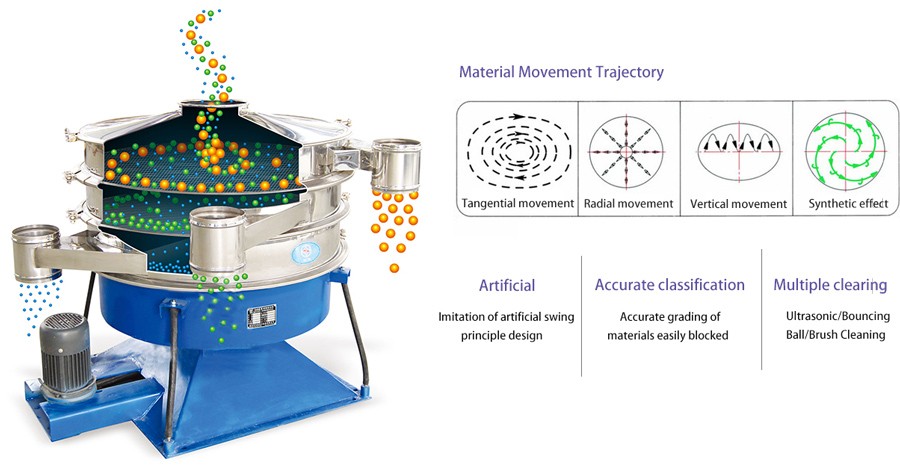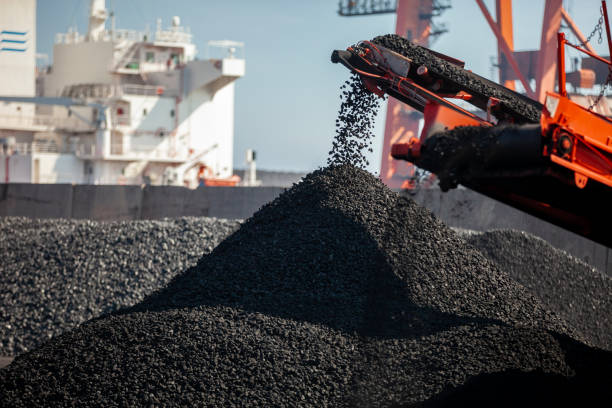Introduction
The mining industry thrives on efficiency, durability, and precision. Every stage of mineral extraction and processing depends on machinery that can handle large volumes of abrasive material while maintaining consistent output. Among these machines, the vibrating screen plays a pivotal role. By separating minerals, ores, and aggregates into uniform sizes, vibrating screens ensure that downstream processes like crushing, grinding, and beneficiation operate at peak performance. In this guide, I will explore the significance of vibrating screen machines in mining, their applications, advantages, and innovations driving the industry forward.
Why Vibrating Screens are Essential in Mining
Mining operations involve handling bulk materials such as coal, iron ore, gold, copper, and aggregates. Without proper screening equipment, productivity suffers, and downstream machinery risks excessive wear. Vibrating screens offer several unique benefits to mining operations:
- High Capacity Processing – Capable of handling large tonnage per hour, vibrating screens keep up with the heavy demands of mining.
- Durability Under Harsh Conditions – Built with heavy-duty steel and wear-resistant parts, these machines are designed for continuous operation in abrasive environments.
- Precise Classification – By separating materials into multiple size fractions, vibrating screens ensure efficient processing and reduce waste.
- Versatility – Suitable for both dry and wet screening, vibrating screens adapt to a wide range of mineral processing requirements.

Applications of Vibrating Screens in Mining
Vibrating screens are indispensable across different stages of the mining value chain. Here are some key applications:
Primary Screening
At the initial stage, vibrating screens remove oversized rocks and debris from run-of-mine material. This prevents damage to crushers and improves efficiency in the crushing circuit.
Secondary and Tertiary Screening
After initial crushing, vibrating screens classify material into precise size fractions. This is essential for optimizing grinding mills and ensuring consistent particle size for beneficiation.
Dewatering
In mineral processing, dewatering screens remove excess water from coal, iron ore, and other materials. This reduces transportation costs and improves handling efficiency.
Desliming and Washing
Vibrating screens also play a role in desliming and washing ores, separating clay, fine particles, and impurities before further processing.
Aggregate Production
Mining often supplies raw materials for the construction industry. Vibrating screens classify aggregates such as sand, gravel, and crushed stone to meet market specifications.
By supporting these functions, vibrating screens maximize throughput and ensure high-quality outputs across the mining process.
Advantages for Mining Companies
Investing in vibrating screen machines provides mining companies with several advantages:
- Increased Productivity – High screening efficiency reduces downtime and enhances processing speed.
- Extended Equipment Life – By removing oversized or undersized particles early, vibrating screens protect crushers and grinding mills from unnecessary wear.
- Improved Recovery Rates – Precise separation ensures that valuable minerals are not lost in waste streams.
- Energy Efficiency – Properly sized material reduces energy consumption in grinding and beneficiation.
- Scalability – Vibrating screens are available in a wide range of sizes and configurations, making them suitable for small-scale mines and large industrial operations alike.

Choosing the Right Vibrating Screen for Mining
Selecting the right vibrating screen depends on the type of material, production volume, and site conditions. Here are some factors to consider:
- Screen Type – Linear vibrating screens are often used for large aggregates, while high-frequency screens excel in fine particle separation.
- Capacity – Match screen capacity with mine output to avoid bottlenecks.
- Screen Media – Choose between wire mesh, polyurethane, or rubber screen panels depending on material abrasiveness.
- Moisture Content – Dewatering screens are ideal for wet materials like coal slurry or iron ore concentrates.
- Durability – For highly abrasive ores, invest in reinforced frames and wear-resistant components.
- Automation Features – Smart screens with monitoring systems help operators maintain consistent performance with less manual intervention.
Innovations in Mining Screening Technology
The mining industry is increasingly adopting advanced screening technologies to improve sustainability and efficiency. Some key innovations include:
- Modular Screen Panels – Allow quick replacements and minimize downtime.
- Self-Cleaning Systems – Prevent screen blinding and maintain throughput.
- High-Frequency Screens – Enable precise separation of fine minerals.
- Automation and IoT Integration – Real-time monitoring of vibration, load, and performance enhances predictive maintenance.
- Energy-Efficient Designs – Reduce power consumption while delivering high-capacity output.
These innovations help mining companies maximize profits while reducing environmental impact and operational risks.
Conclusion
In the demanding world of mining, vibrating screen machines are not optional—they are essential. From primary screening to dewatering and aggregate classification, these machines ensure efficient material handling, improve recovery rates, and protect valuable downstream equipment. With advancements in durability, automation, and energy efficiency, modern vibrating screens are more powerful and reliable than ever.
For mining companies seeking to boost productivity and ensure consistent results, investing in vibrating screen technology is a strategic move. As global demand for minerals continues to rise, vibrating screens will remain a cornerstone of efficient and sustainable mining operations.
